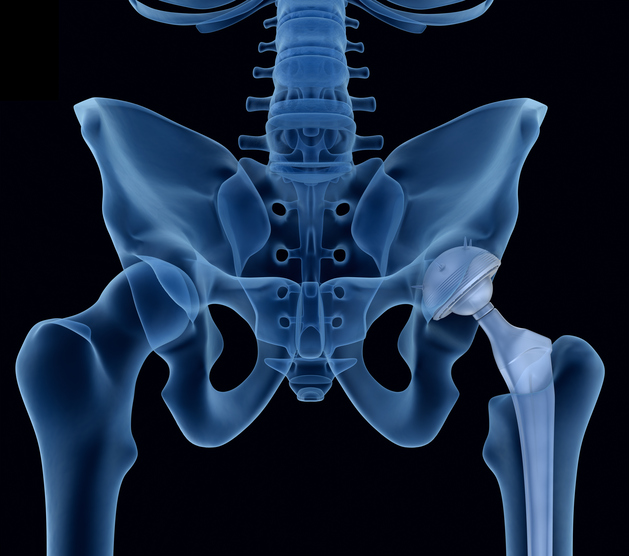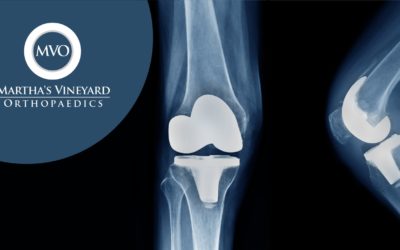Labral Tear of the Hip
The labrum is a pad of fibrocartilage deep in the hip joint. The hip is a ball-in-socket joint with the ball from the thigh bone (femur) and the socket from the pelvis (acetabulum). The labrum is a pad of cartilage that lies between the femoral head (ball) and the acetabulum (socket). It acts as a stabilizer and a shock absorber in the hip.
Labral tears are common in athletes. When tears in the labrum occur, patients can experience pain deep in the hip joint. There are many different causes for tears.
When a labral tear is symptomatic and patients have failed non-surgical measures such as physical therapy, activity modification and medication, it may be repaired arthroscopically.
Procedure
Hip arthroscopy is a surgical procedure that gives your doctor a clear view of the inside of a joint. This helps them diagnose and treat joint problems.
During hip arthroscopy, your doctor inserts a small camera, called an arthroscope, into your hip joint. The camera displays pictures on a television screen, and your doctor uses these images to guide miniature surgical instruments.
Hip arthroscopy has been performed for many years, but is not as common as knee or shoulder arthroscopy.
At the start of the procedure, your leg will be put in traction. This means that your hip will be pulled away from the socket enough for your doctor to insert instruments, see the entire joint, and perform the treatments needed.
After traction is applied, your doctor will make a small puncture in your hip (about the size of a buttonhole) for the arthroscope. Through the arthroscope, he or she can view the inside of your hip and identify damage.
The length of the procedure will depend on what your doctor finds and the amount of work to be done.
When Hip Arthroscopy is Recommended
your doctor may recommend hip arthroscopy if you have a painful condition that does not respond to nonsurgical treatment.
Nonsurgical treatment includes rest, physical therapy, and medications or injections that can reduce inflammation.
Inflammation is one of your body’s normal reactions to injury or disease. In an injured or diseased hip joint, inflammation causes swelling, pain, and stiffness.
Recovery
After surgery, you will stay in the recovery room for 1 to 2 hours before being discharged home. You will need someone to drive you home and stay with you at least the first night. You can also expect to be on crutches, or a walker, for some period of time.
Rehabilitation
your doctor will develop a rehabilitation plan based on the surgical procedures you required. In some cases, crutches are necessary, but only until any limping has stopped. If you required a more extensive procedure, however, you may need crutches for 1 to 2 months.
In most cases, physical therapy is necessary to achieve the best recovery. Specific exercises to restore your strength and mobility are important. Your therapist can also guide you with additional do’s and dont’s during your rehabilitation.






